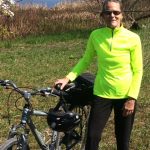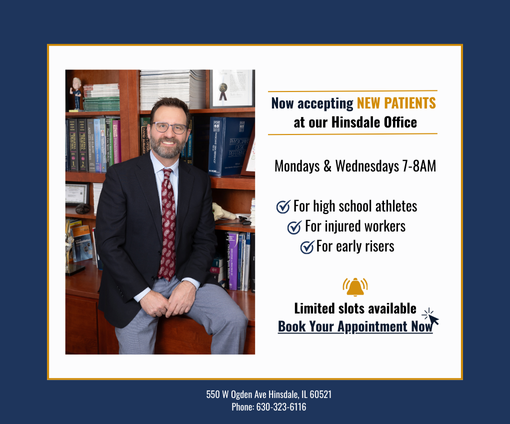 Arthroscopic expert, Dr. Steven Chudik, cites prompt treatment, thorough evaluation and physical therapy as key factors to successful return from shoulder dislocation injury
Arthroscopic expert, Dr. Steven Chudik, cites prompt treatment, thorough evaluation and physical therapy as key factors to successful return from shoulder dislocation injury
Home / Shoulder / Shoulder Injuries and Conditions / Nerve disorders / Quadrilateral Space Syndrome
In order for muscles to work properly, the nerves that innervate (supply) them must also function appropriately. If the nerves are somehow damaged or compressed somewhere along their course, it can affect their ability to conduct signals to the muscles. When this occurs, nerve function decreases and the targeted muscles experience weakness and atrophy (shrinking).
On the posterior (back) side of the shoulder, several muscles form the borders of a space called the Quadrilateral Space: the teres minor above, the teres major below, the triceps muscle to one side, and the humerus (arm) bone to the other side. The axillary nerve and the posterior circumflex humeral artery run through this space. When the arm is in certain positions, such as in a throwing motion, that space is closed down and the axillary nerve can be compressed. It is also possible for fibrous tissue to form and compress the nerve. The axillary nerve innervates the deltoid muscle, which is the muscle that covers the dome of the shoulder and plays a large role in lifting the arm.
Learn More
Content provided by Dr. Chudik not to be used for diagnosis and treatment. You can receive a proper evaluation and diagnosis by making an appointment with Dr. Chudik
 Determination, dedication and arthroscopic surgery return Mary Falck to the slopes and her very active life
Determination, dedication and arthroscopic surgery return Mary Falck to the slopes and her very active life
Dr Steven Chudik founded OTRF in 2007 to keep people active and healthy through unbiased education and research. Click to learn about OTRF’s free programs, educational opportunities and ways to participate with the nonprofit foundation.
1010 Executive Ct, Suite 250
Westmont, Illinois 60559
Phone: 630-324-0402
Fax: 630-920-2382
(New Patients)
550 W Ogden Ave
Hinsdale, IL 60521
Phone: 630-323-6116
Fax: 630-920-2382
4700 Gilbert Ave, Suite 51
Western Springs, Illinois 60558
Phone: 630-324-0402
Fax: 630-920-2382

© 2025 © 2019 Copyright Steven Chudik MD, All Rights Reserved.

